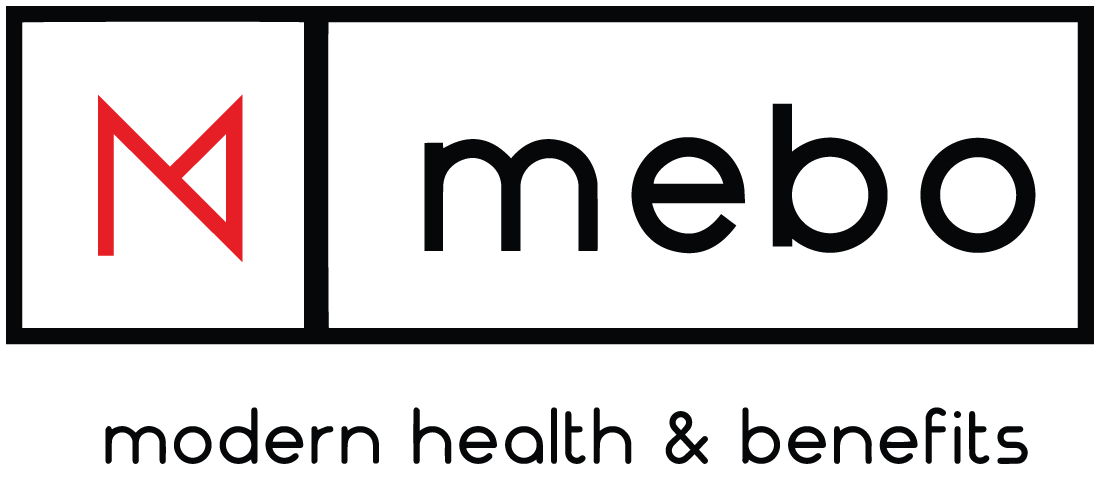How Healthcare Consumerism is Changing Healthcare
In today’s modern world, consumers have instant access to information about medical conditions and possible treatments. With so much information available at the touch a button, it only makes sense that consumers would want to take more control of their healthcare. Unfortunately, many consumers feel they do not have adequate information or the tools needed to make their own healthcare decisions.
According to a Consumer Reports survey of 1,000 insured adults who incurred a major medical bill, 2 out of 3 patients experience billing issues. These issues range from bills arriving months after treatment, to unclear statements and higher-than-expected charges. The same survey found that one-third of participants paid medical bills they weren’t sure they even owed. 20% of these participants paid over $1,000 on these bills.
It’s this confusion that’s driving consumers to demand transparency and better communication from their healthcare providers.
Healthcare Consumerism Increases Patient Involvement in Care
Healthcare consumerism puts patients in control. This economic model takes healthcare from fee-for-service to value-based care. Healthcare consumerism has the added benefit of making patients active participants in their own care. This improves outcomes and increases patient understanding of their health.
Healthcare consumerism isn’t new. In fact, literature dating back to the 1930s refers to patients as consumers. When applied to an employee health benefit plan, healthcare consumerism puts the economic purchasing power and decision-making in the hands of the participant.
Employer Involvement in Healthcare Consumerism
As patients become more involved in their healthcare decisions, it’s important that leaders support this change. Getting employees to become better healthcare consumers could help leaders better manage their healthcare costs. However, employers need to provide employees with more than just the tools to become better consumers. They need to provide them with the incentive to use these tools as well.
For example, employers could explain how choosing generic versions of brand-name drugs could save employees at the pharmacy. In addition to cost-savings, this type of education helps ensure employees do not skip out on important medications due to the high cost of brand-name drugs. Many employers also offer incentives like contributions to HSAs and HRAs.
Final Thoughts
While employees will likely pay higher premiums and out-of-pocket expenses in the coming years, healthcare will continue to make the shift toward value over volume. This will ultimately make healthcare more efficient and cost-effective for consumers.
MEBO helps employers develop employee benefit plans, custom-tailored to their needs and budget. Please contact us for information about our services.











